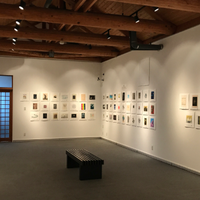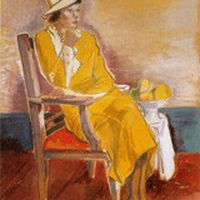[London] Shunga sex and pleasure in Japanese art
Shunga: Discover Japanese prints, paintings and drawings like no other.
The exhibition, Shunga sex and pleasure in Japanese art, will run from the 3rd of October 2013 to the 5th of January 2014 at the British Museum, London.
Shunga was produced from 1600 to 1900 and banned in Japan for much of the 20th century, these explicit and beautifully detailed erotic paintings, prints and books inspired Toulouse-Lautrec, Beardsley, Rodin and Picasso.
erotic paintings, prints and books inspired Toulouse-Lautrec, Beardsley, Rodin and Picasso.
Mostly created by the artists of the ukiyo-e or ‘floating world’ school, these popular works were known as shunga, - literally ‘spring pictures’. They appealed to all classes in Japan for almost 300 years, and to men and women alike. Frequently tender and humorous, they celebrate sexual pleasure in all its forms in brilliantly coloured paintings and prints, culminating with beautiful and explicit works by iconic artists Utamaro, Hokusai and Kunisada.
Within Japan, shunga has continued to influence modern forms of art, including manga, anime and Japanese tattoo art. The exhibition sheds new light on this unique art form within Japanese social and cultural history.
View all Asia-Europe Museum Network members in the United Kingdom
Similar content
deadline
31 Jul 2019
06 Jul 2016 - 10 Oct 2016
posted on
28 Mar 2012
01 Dec 2014 - 17 May 2015
22 Nov 2014
from - to
17 Dec 2015 - 02 Feb 2016


